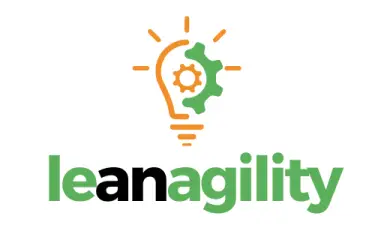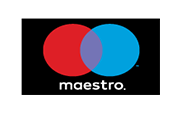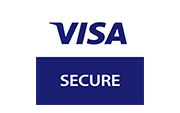Achieve More by Doing Less: Lower Your WIP with Kanban
Have you ever felt overwhelmed by the amount of work on your plate? Do you find yourself starting new tasks before finishing the ones you already have? Are deadlines slipping by, leaving you struggling to deliver value to your customers?
If you answered yes to any of these questions, you might be grappling with the effects of high work in progress (WIP). WIP refers to the amount of work that you’ve started but haven’t completed yet. While it might seem like a shortcut to productivity, research shows that high WIP actually leads to decreased productivity, efficiency, quality, and satisfaction.
In this blog post, we will delve into why high WIP is detrimental to you and your team, and how employing Kanban can help you lower your WIP and achieve more.
Why High WIP is Detrimental
- Increased Complexity and Uncertainty: High WIP adds layers of complexity and uncertainty to your workload. With numerous tasks in progress, you must juggle more dependencies, risks, changes, and unknowns, making your work more challenging and unpredictable.
- Slowed Flow and Delivery: Excessive tasks in progress impede your workflow and delivery speed. Dividing your attention and resources among multiple tasks leads to delays, queues, and bottlenecks in your work process, ultimately elongating lead times—the time taken for a task to move from initiation to completion.
- Diminished Quality and Value: A surplus of tasks in progress often results in compromised quality and value of your work. With too many plates spinning, you’re prone to errors, oversight of details, and losing sight of the bigger picture, potentially resulting in defects, rework, waste, and dissatisfied customers.

How Kanban Can Alleviate High WIP
- Visualize Workflow: Kanban offers a visual representation of your workflow through a Kanban board, with columns representing various stages of your work process. This visual aid enables you to prioritize tasks, spot bottlenecks, and prevent overload by seeing what’s in progress, what’s pending, and what’s completed.
- Limit WIP: Kanban aids in restricting your WIP by setting limits on the number of tasks allowed in each column of your Kanban board. These limits prevent new tasks from being initiated until ongoing ones are completed, fostering reduced complexity, enhanced focus, and increased throughput.
- Optimize Flow: Kanban facilitates flow optimization by measuring the time taken for tasks to transition between columns on your Kanban board. This performance tracking enables you to identify process inefficiencies, eliminate waste, reduce variability, and expedite value delivery consistently.
Conclusion
High WIP is a prevalent yet detrimental issue that adversely impacts productivity, quality, value, and overall well-being. Kanban emerges as a potent strategy to combat this problem, offering a pathway to a more efficient way of working. Through visualizing workflow, limiting WIP, and optimizing flow, Kanban empowers you to achieve more with less.
If you’re eager to explore how Kanban can enhance your work performance and satisfaction, immerse yourself in the offerings at Leagility, in partnership with ProKanban.org. If you are just starting your Kanban journey – we highly recommend our Applying Professional Kanban training.
From certification and training courses to a wealth of resources and assessments, ProKanban.org offers a comprehensive platform to deepen your understanding and application of Kanban principles. Leagility serves as your premier training partner, providing expert guidance and support every step of the way.
Join the ProKanban.org community to connect with like-minded professionals, share experiences, and gain valuable insights. Don’t miss out on the opportunity to sign up for Leagility’s newsletter, ensuring you stay informed about the latest developments and opportunities for continuous improvement.










